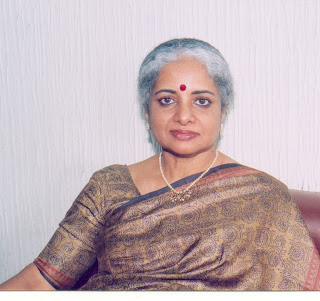 |
|
Picture Source: RBI Website
|
1. How would you describe CAFRAL? Where is CAFRAL positioned when you take into account all other organizations that research financial services in India with respect to key objectives, priorities?
Although as a leading emerging economy India has a seat at the high table in various international fora on global finance, we have not been able to engage meaningfully in the debate and contribute significantly to the deliberations as we have not had sufficient research to back us. CAFRAL hopes to fill this void.
mandals of Andhra Pradesh.





